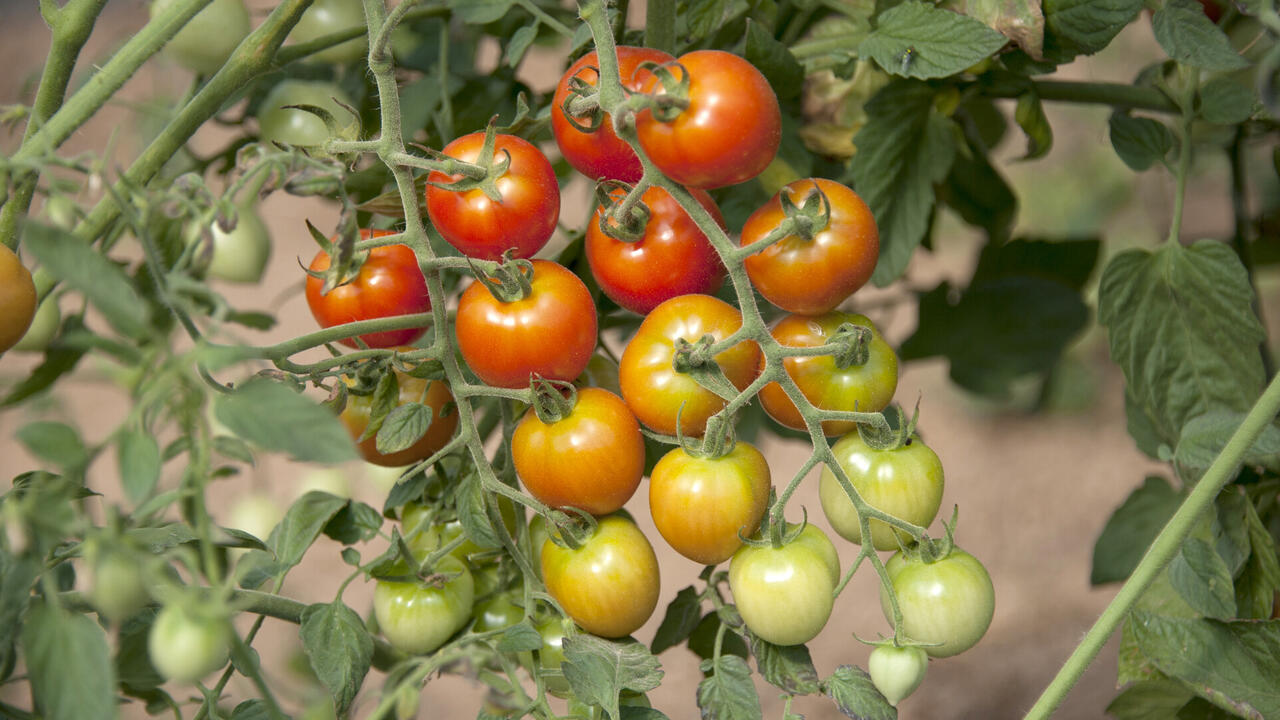Extension for Real Life
Tips for Growing Tasty Tomatoes

207_20130703_choctaw_kpl
There’s nothing as divine as a homegrown tomato. I’m a sucker for a tomato sandwich or a BLT during summer. When making a sandwich, I must have homegrown tomatoes from either the farmers market or from friends who grow tomatoes. There’s something about a fresh garden tomato that takes it to the next level!
Tomatoes are a popular plant to grow here in Mississippi. If you haven’t already planted tomatoes, it’s not too late! Tomatoes love the heat, making them a perfect plant for summer months. For a fall crop of tomatoes, start the seeds in June and set out plants in July or early August. Here are a few tips to grow tasty tomatoes this summer:
- When buying tomatoes, inspect them to ensure they are healthy. Check the leaves to make sure there are no diseases or insects invading them. Buy tomato plants that are small, stocky, and healthy-looking. It’s best to avoid overgrown plants.
- The planting site is important to the success of your tomatoes!! Find a spot that receives direct sunlight and does not hold water. When planting seedlings, make sure to bury them deeply in the soil. Keep in mind that this planting method is only true for tomatoes.
- Tomatoes need water to succeed, typically an inch to inch and a half of water per week. If you see the leaves drooping, give them a generous watering to perk them back up!
- As your plants grow, install a wooden stake system to provide support for them. This is to keep the plants off the ground and growing in an upright position. Installing a staking system isn’t that hard! Check out this blog post on how to install wooden stakes in your home garden!
- Be vigilant about checking for insects and diseases that may take over your crop. There are four common ones found in tomatoes:
- Buckeye Rot: Buckeye rot develops when humidity is high and temperatures are hot. It’s commonly found on low-hanging fruits that are close to infected soils. Brown, oily circles on the tomatoes are true signs of buckeye rot.
- Early Blight: Early blight develops when humidity is high and temperatures are mild. The disease affects the stems, leaves, and fruit. Symptoms first show up on the leaves of the plant. Look for circular or elongated, brown lesions with rings. The lesions grow over time and the area around the lesions appear yellow.
- Southern Blight: Southern blight develops in high temperatures and moist conditions. Look for black and brown lesions on the stems of the plant near the soil line. You may also notice a white fungal and round, tan or brown bumps on the stems. If your plants are wilting, it’s a good idea to check for these characteristics.
- Bacterial Wilt: Bacteria wilt develops when soil temperatures and moisture levels are high. If you notice your plants wilting or dying without any other symptoms, bacterial wilt may be the culprit. The stem towards the bottom of the plant may have brown lesions and the inside of the stem may be wet and hollow. It’s important to note that it is difficult to manage this pathogen.
Extension is here to help you as you grow a bountiful garden! Learn more on how to grow tomatoes by checking out these Extension Publications:
- Common Diseases of Tomatoes
- Tomato Troubles: Common Problems with Tomatoes
- Herbicide Damage in Tomatoes
- How to Stake Tomatoes
Your Extension agent is also a great resource!
Authors
-
 Marketing & Communication Coor
Marketing & Communication Coor- Agricultural Communications